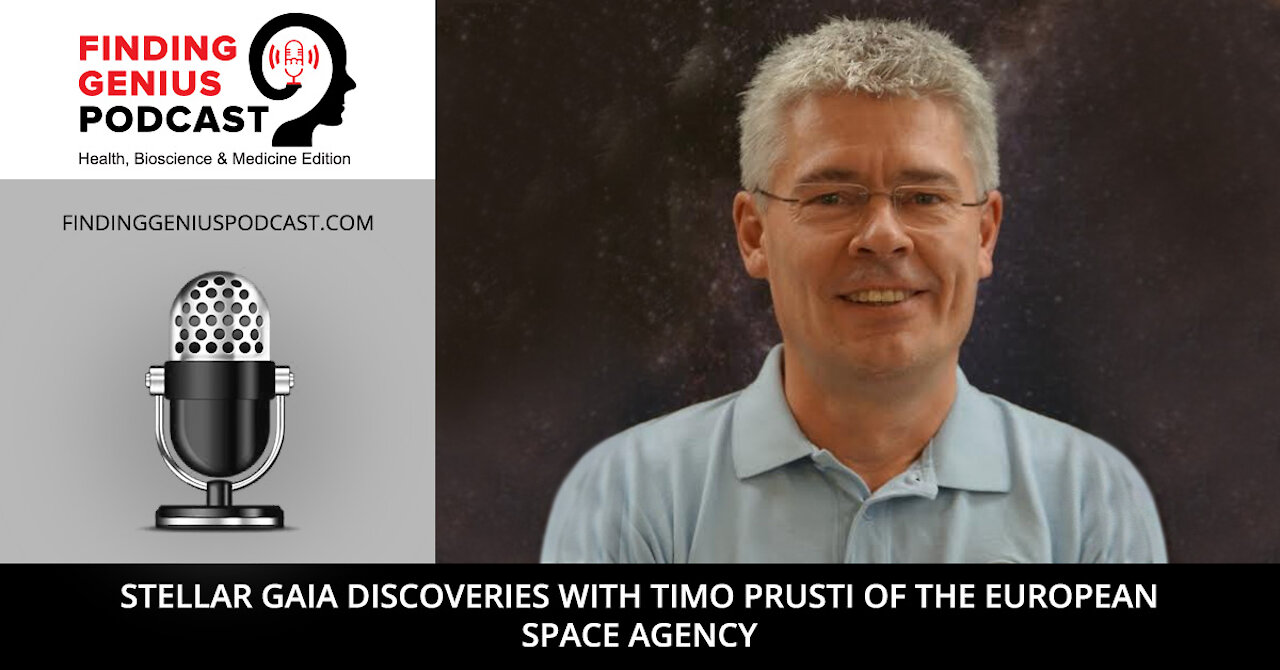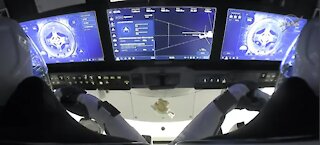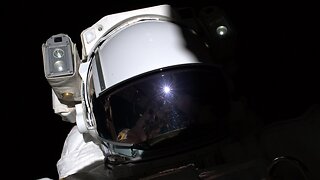Premium Only Content

Stellar Gaia Discoveries with Timo Prusti of the European Space Agency
How many stars in the sky? Gaia astronomer Timo Prusti is more qualified than most to posit an answer. He helps manage the project undertaken by the ESA mission space lab called Gaia—to measure the position of almost 2 million stars—and talks about the far-reaching implications and space exploration benefits.
Listen and learn
How the mechanics of the Gaia project work, from using solar system parallaxes for measurements to their time frame,
How data such as brightness work in their calculations, and
What this information reveals about our universe, stars, and galaxies, including the origin of the Milky Way galaxy.
Timo Prusti is a project scientist with the European Space Agency (ESA) on the Gaia team and takes listeners on a ride through the stars in the universe. The Gaia satellite is positioned about 1.5 million kilometers away from the earth, collecting data to help Prusti and his colleagues measure star positions.
The distance is tricky to calculate, but they use parallaxes: think of putting your finger in front of your eye and closing and opening the other eye such that your finger seems to jump. Gaia measures the star location from one side of the sun and then half a year later from the other side of the sun; this “jump” measurement is plugged in to their equation. These data points are collected 24 hours a day and sent to their labs on earth.
What’s been useful about this information? Well, Prusti explains how other scientists can use this for fundamental research in numerous fields. For example, scientists were able to determine the atmosphere of Triton, a moon of Neptune, based on the shadow that hit the earth when it passed between the earth and a star they had measured. Gaia has completed what’s called the “nominal mission,” but is continuing with further work and measurements. They’re hoping to keep it going until early 2025 and use the motions of stars to open up a totally new area of investigation—to understand our own Milky Way galaxy: its structure, how it was born, and what is its future.
For more, see cosmos.esa.int.
Available on Apple Podcasts: apple.co/2Os0myK
-
 53:14
53:14
FGP
10 days ago🧠 Nourishing The Mind: How Nutrition Transforms Mental Health 🌱💡
19 -
 1:00
1:00
BANGBizarre
4 years ago $0.03 earnedEuropean Medicines Agency targeted by cyber attack
196 -
 0:24
0:24
Newsy
4 years agoEuropean Union Agency Approves Moderna COVID-19 Vaccine
5861 -
 0:39
0:39
KTNV
4 years agoSpaceX crew docks with space station
453 -
 5:39
5:39
superhandles
4 years agoBasketball Move: Create Space With A Side-Step Jump-Shot
51 -
 4:55
4:55
DIY Tech Academy
4 years agoConcatenate Excel With Space And Comma
78 -
 3:33
3:33
Doodl Creative Studio
4 years agoSpace Soccer with the Moon Illustration Painting Time-Lapse
79 -
 1:04
1:04
Newsy
5 years agoEuropean Space Agency Gets More Funding For Future Space Exploration
84 -
 2:55
2:55
WPTV
4 years agoSpaceX capsule with 4 astronauts reaches space station
1.03K1 -
 1:03
1:03
Learn The Law
4 years agoIn Space, We Cooperate With Other Countries
1082